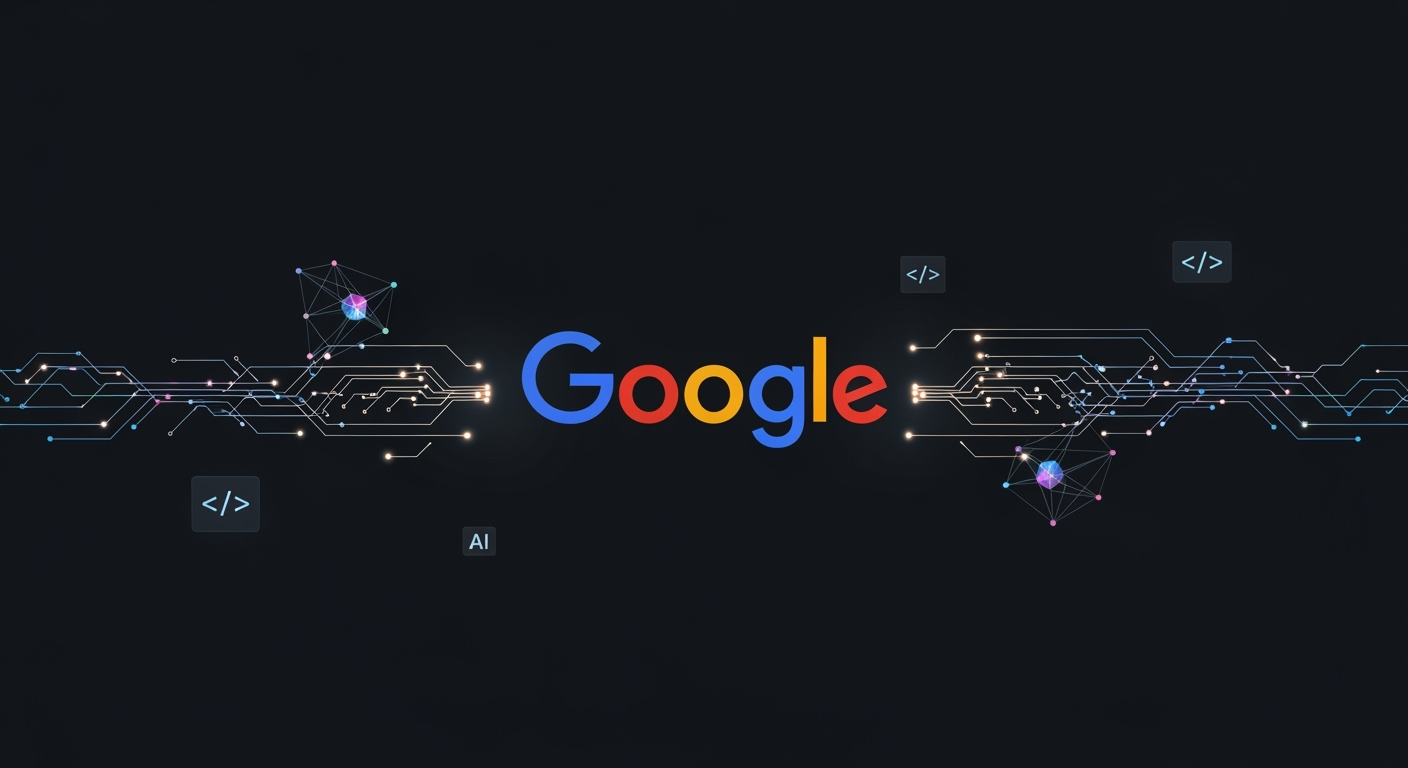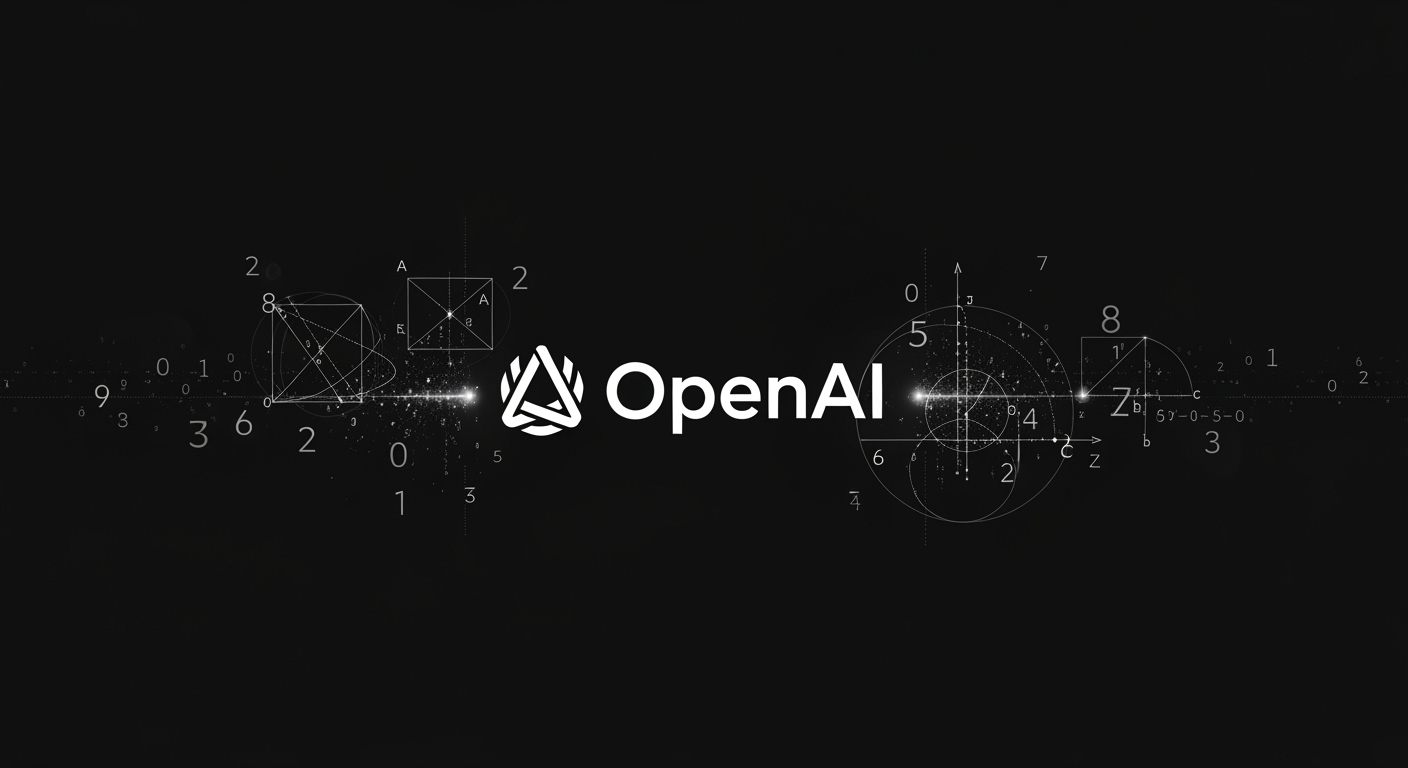Inside Google’s Push for AI-Driven Coding: Insights from Gemini Tools

How AI Is Transforming Coding: Insights from Google’s Developer Tools Team
Artificial intelligence is rapidly reshaping how software is built, and few people have a better vantage point than Ryan Salva, Google’s project manager for developer tools. With experience at both GitHub and Microsoft, Salva now leads the teams behind tools like Gemini CLI and Gemini Code Assist, helping developers adapt to the era of agentic programming.
AI Coding Adoption: What the Data Reveals
Salva’s team recently released findings from new third-party research, highlighting how developers are embracing AI tools and where there’s still room for growth. One surprising insight: the median date when developers began using AI tools was April 2024. This coincides with the release of advanced models like Claude 3 and Gemini 2.5, marking the true beginning of "reasoning" or "thinking" models in programming.
- Developers started integrating AI when tool-calling became more robust, enabling models to access external information, run tests, and even self-correct during the coding process.
- Key tasks like compiling, running unit tests, and managing dependencies have become more automated via these intelligent assistants.
How Google’s Team Uses AI Coding Tools
Salva describes his own workflow as a blend of hobby and professional coding, using a mix of Gemini CLI, Claude Code, and Codex across various IDEs such as Zed, VS Code, Cursor, and Windsurf. Rather than sticking to a single tool, he prefers exploring how the ecosystem is evolving.
On the job, much of his time involves drafting and refining product requirement documents with AI assistance. For example:
- He starts with a basic issue (often from GitHub), then uses Gemini CLI to flesh out a detailed, outcome-focused technical specification in Markdown.
- Gemini CLI generates code based on that specification, referencing team rules and documentation for consistency.
- The tool helps track progress, automatically updating requirements, creating commits, and generating pull requests for easy review or rollback.
- Salva estimates that 70-80% of his workflow happens in the terminal with natural language, using AI to craft requirements and write code, while the IDE mainly serves as a code reader.
The Future of Coding: More Architecture, Less Code?
Salva sees a shift in how developers work. For decades, most coding happened in traditional IDEs, but with AI, the focus is moving toward defining requirements and high-level architecture. He predicts:
- The time spent in IDEs will shrink as AI handles more code generation and routine tasks.
- Developers will increasingly act as architects, breaking down complex problems and overseeing the bigger picture, rather than writing every line of code themselves.
This transformation may take years, but it’s already changing expectations around software roles and the skills needed to thrive in this new landscape.
Takeaway for Businesses
For business owners and development leads, the message is clear: AI tools can boost productivity and streamline workflows, but leveraging them effectively means rethinking how teams structure projects and define problems. Staying up-to-date with the latest tools—and fostering a culture of experimentation—will be key to maintaining a competitive edge as the coding landscape evolves.





